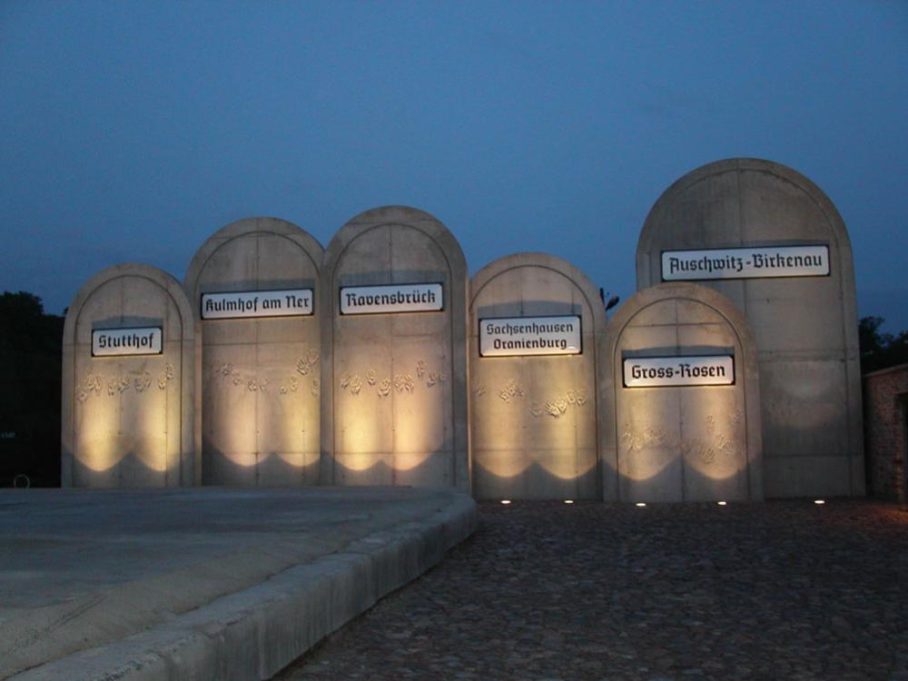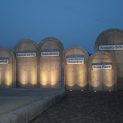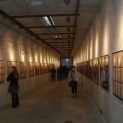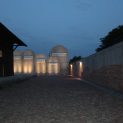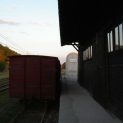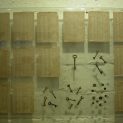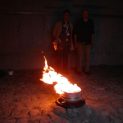Radegast Station – a monument to the extermination of the Łódź Ghetto
The Radegast Station Memorial in Łódź contributes to the current debate on the Holocaust and its commemoration (Eisenman, Libeskind). Radegast, an unassuming railway station on the outskirts of present-day Łódź, passed by dozens of trains daily, has become, thanks to Bielecki’s project, a new, symbolic place on the map of postwar European history. It was from here that the last transport from the Łódź Ghetto departed in 1944 for Kulmhof am Ner and Auschwitz-Birkenau. The dilapidated landscape of Łódź’s suburbs and the cows grazing in the surrounding meadows became the last glimpse of life for 140,000 Polish, Czech, German, Austrian, and Luxembourgish Jews, as well as 5,000 Roma. Bielecki’s project organizes the preserved space of the extermination site around several symbolic structures: the Radegast Station, “cut out” from the surrounding landscape, with three cattle wagons positioned at the ramp; the Column of Remembrance, a Doric column broken in half and the crematorium chimney, a symbol common to many cultures at the end of life; the Tunnel of the Deported, where today’s nomads are confronted with the tragedy of History; and the monumental matzevot bearing the names of the Endlosung stations, closing off the only possible escape route in this place. Bielecki’s project, stark and ascetic, also in its choice of materials (concrete, demolition brick, corroded steel profiles), is confronted with the shocking and emotionally arousing “excess of meaning” of the monument-cemetery-mausoleum. The footsteps of viewers in the Tunnel of the Deported activate lights that reveal in the darkness the lists of people sent to their deaths. Rising above the suburban landscape, the Column of Remembrance, Bielecki comments, is embedded in the city’s skyline as a permanent and dramatically intersecting symbol of remembrance. Bielecki’s Radegast reminds us all that with Poland’s accession to the European Union, Auschwitz-Birkenau, the most tragic testimony to European history and the largest cemetery in modern Europe, found itself within its expanded borders. • A film about Radegast Station by Małgorzata Burzyńska-Keller can be viewed here >>>>>>>>. • The monument to the extermination of the Łódź Ghetto – Radegast Station – was chosen for the cover of Martin Winestone’s book “The Holocaust Sites of Europe.”
